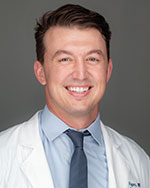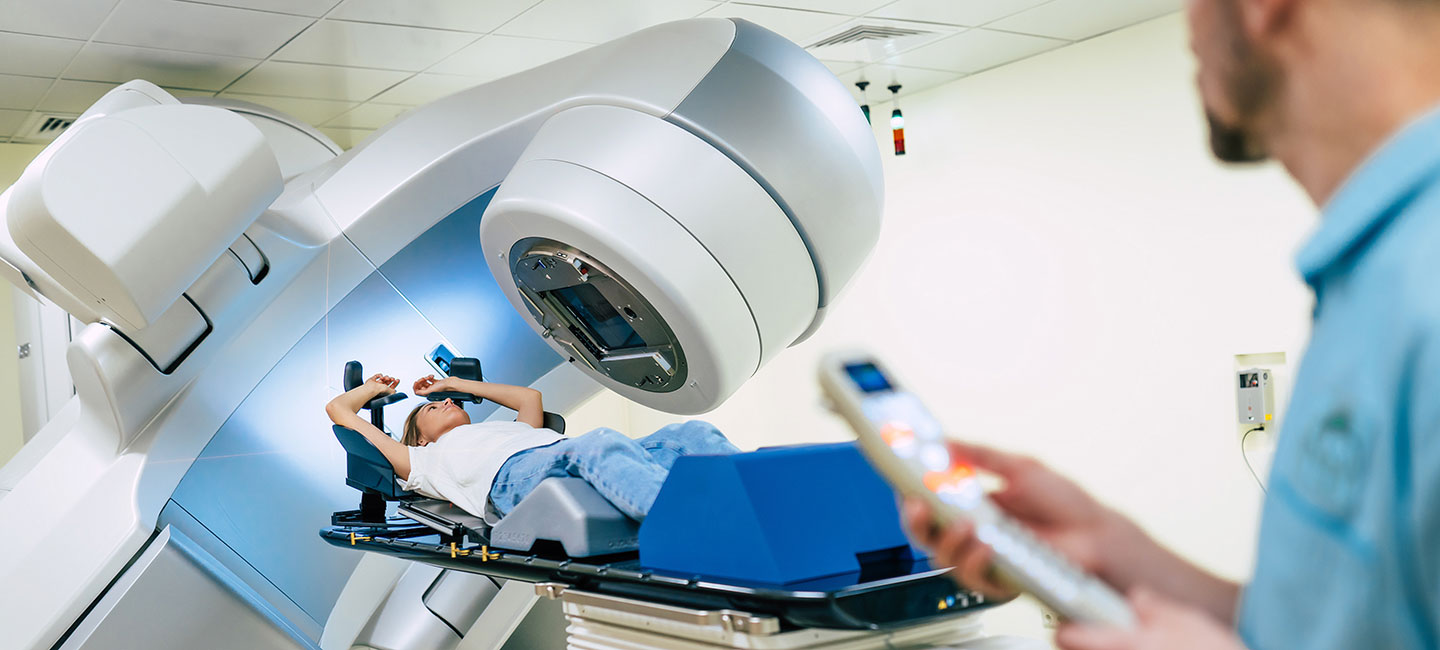Can Bridging Radiation Therapy Increase Success of CAR T?
Since 2017, six chimeric antigen receptor T-cell (CAR T) therapies have been approved by the U.S. Food and Drug Administration for blood cancers, including lymphoma, leukemia and multiple myeloma. The treatment involves collecting a patient’s T-cells and re-engineering them in a lab to attack cancer cells once reinfused into the patient.
In patients who failed multiple lines of therapy and otherwise had limited treatment options, the introduction of cellular therapy, such as CAR T, has revolutionized outcomes with nearly 40% of patients achieving long-term complete response without any need for any further treatment.
But what about the other 60% of patients?
Over the last few years, Moffitt Cancer Center’s Radiation Oncology and Blood and Marrow Transplant and Cellular Immunotherapy Programs have been focusing on finding ways to improve the success of CAR T in relapsed large B-cell lymphoma patients least likely to respond.
Previous research shows patients with the largest disease burden are most likely to fail CAR T.

Dr. Nicholas Figura, radiation oncologist
“Building upon the prior work of Drs. Michael Jain and Frederick Locke, we wanted to evaluate on a more granular level exactly how a patient’s disease ultimately recurs following CAR T. We found that in those patients who failed, one-third will only recur in sites of disease already known prior CAR T. Furthermore, we were able to identify which pre-treatment sites those were like to be,” said Dr. Nicholas Figura, a radiation oncologist. “That is important because if we can correctly predict which sites are most likely to recur, we could perhaps use a local treatment like radiotherapy to treat those individual sites complementing and potentially improving the effects of CAR T.”
The manufacturing process for CAR T takes about three to four weeks, which can be a fatal waiting game for patients whose disease continues to aggressively grow. However, it’s also the perfect amount of time to identify high-risk patients and deliver radiation to any areas most likely to recur. Importantly, the addition of radiation treatment also proved to not be toxic for patients and was generally well tolerated.
Moffitt has now completed the largest study investigating the efficacy of bridging radiation for high-risk CAR T patients and presented the findings at the 2022 American Society for Radiation Oncology Annual Meeting.
The study included 45 exceedingly high-risk patients and found that adding bridging radiation therapy prior to CAR T may increase the chance of survival for high-risk patients from an expected rate of nearly 20% to 40%.
“Our hypothesis is that radiation may potentially negate the effects of these risk factors, hopefully improving the outcomes of high-risk patients to be on par to those patients with less aggressive disease,” Figura said. “We found that patients who received radiation were having significantly less local-only failures, meaning those sites that we are treating are responding appropriately.”
While the research is promising, there is still a lot of work to be done. Researchers now have to investigate dosing, which sites to radiate and how to best identify which patients are high-risk. There are now plans to open a clinical trial to address those questions and study bridging radiation therapy in a larger patient population.



